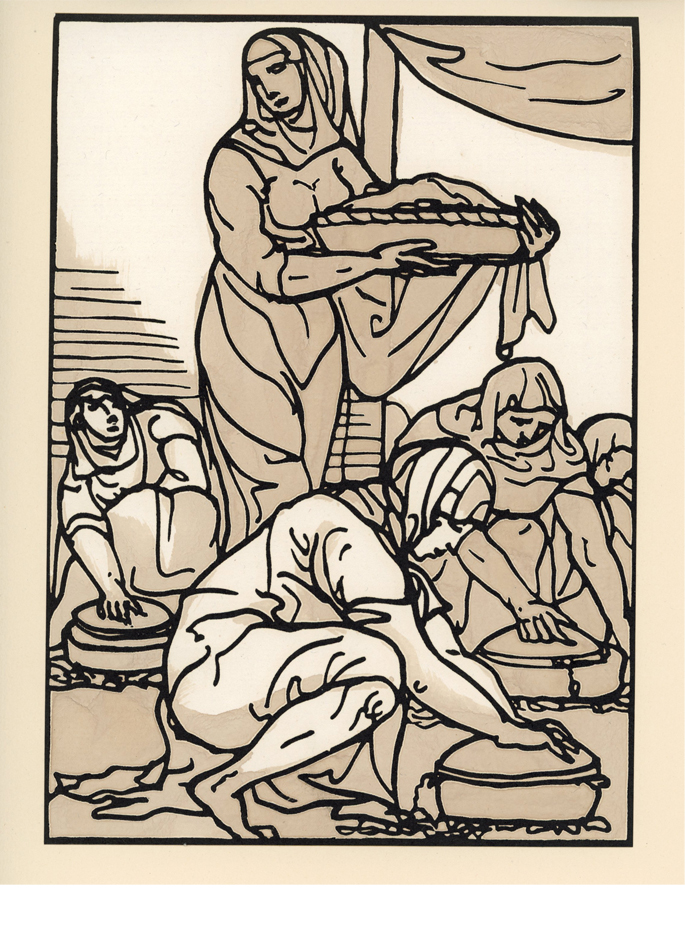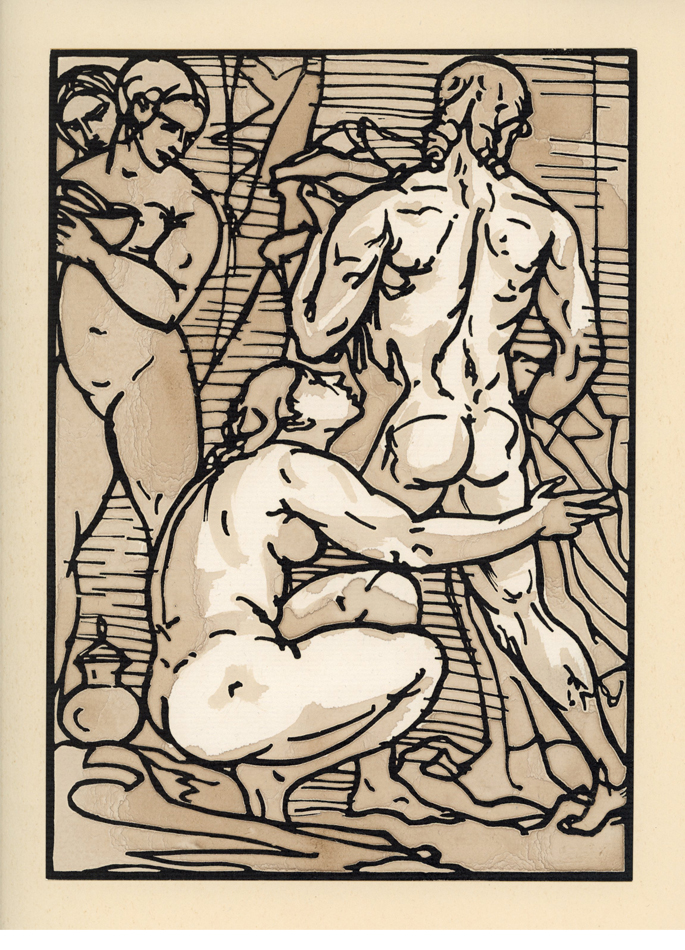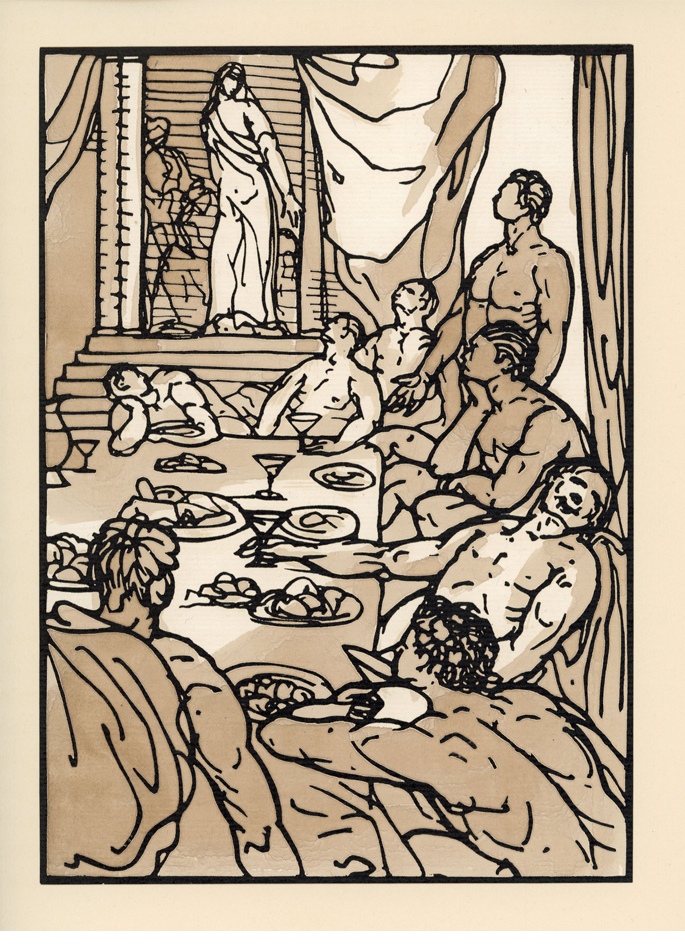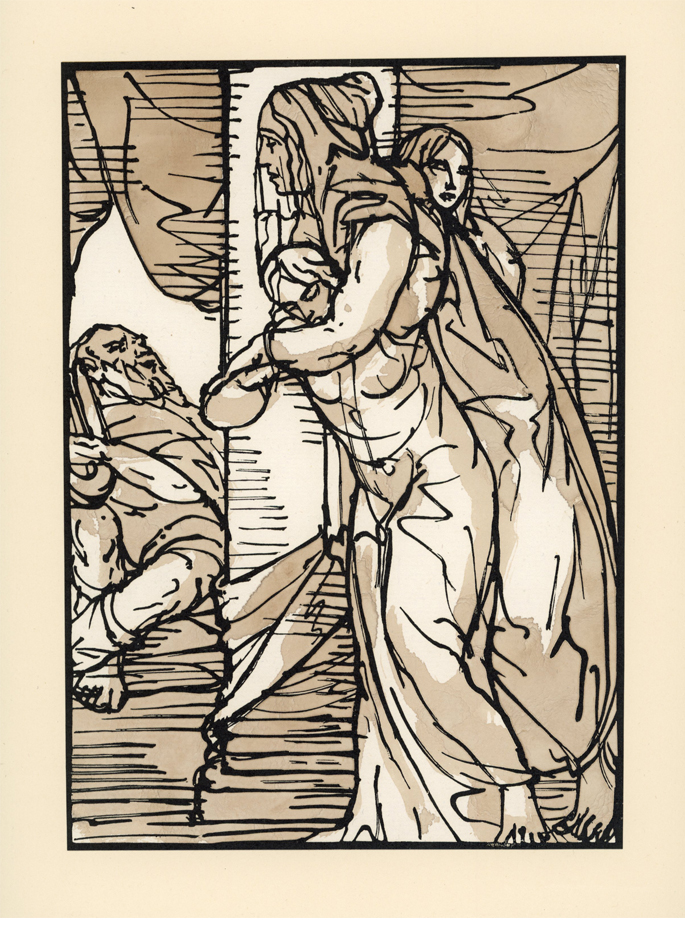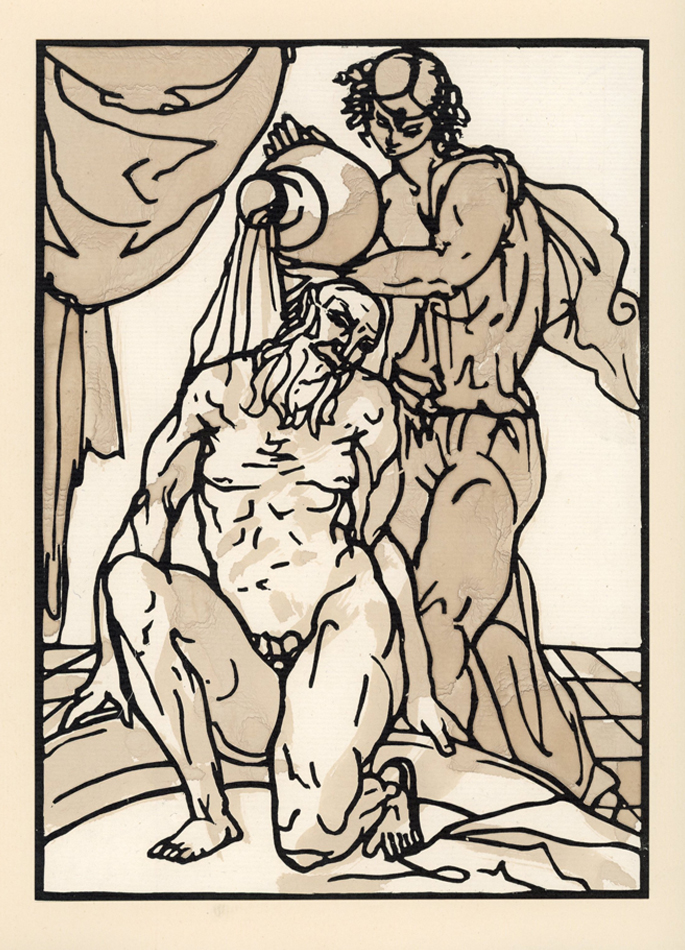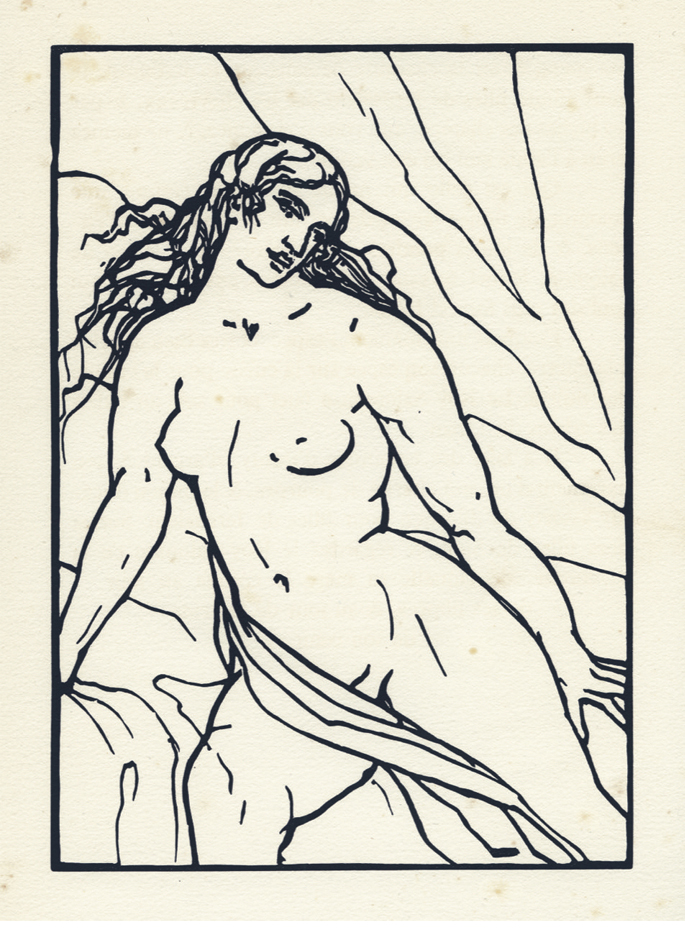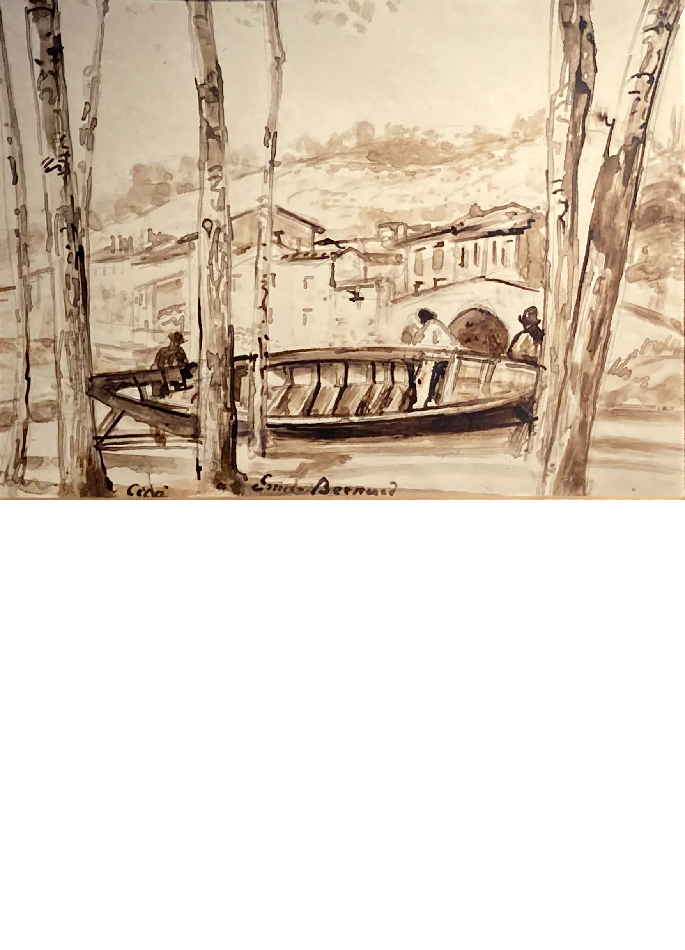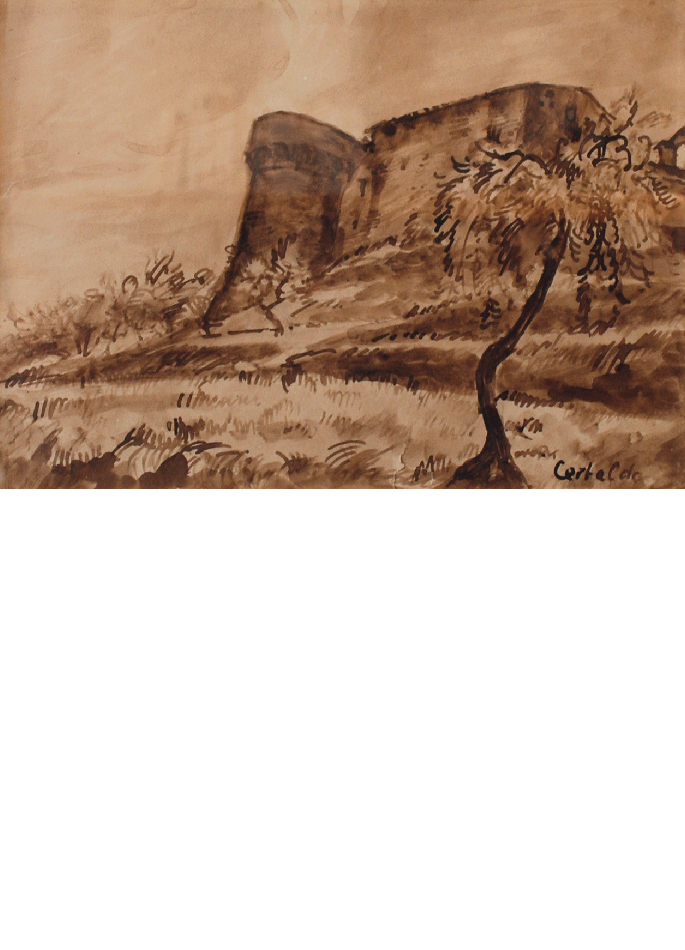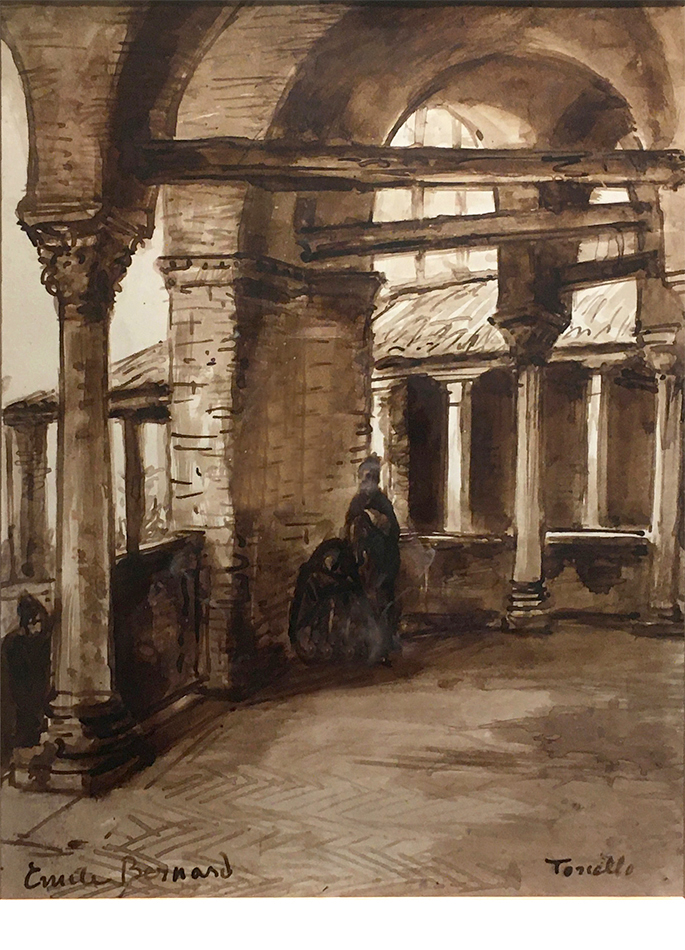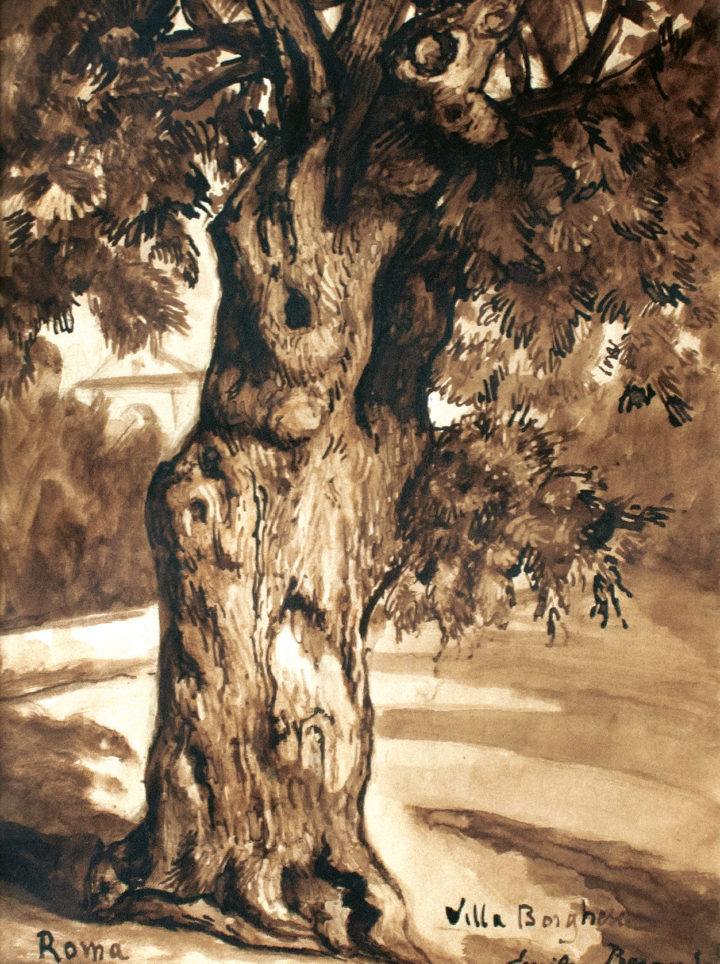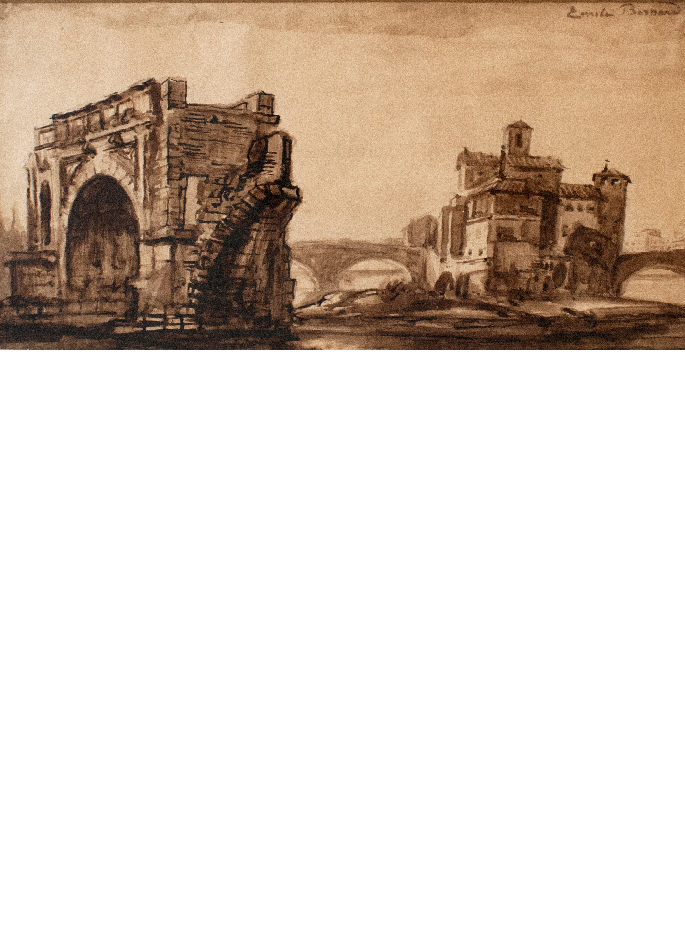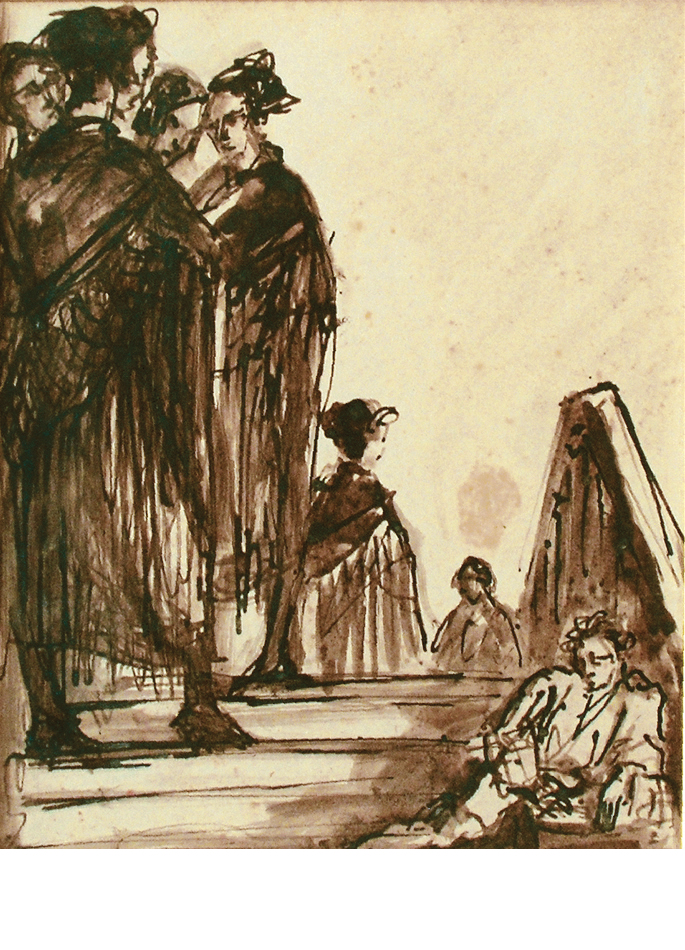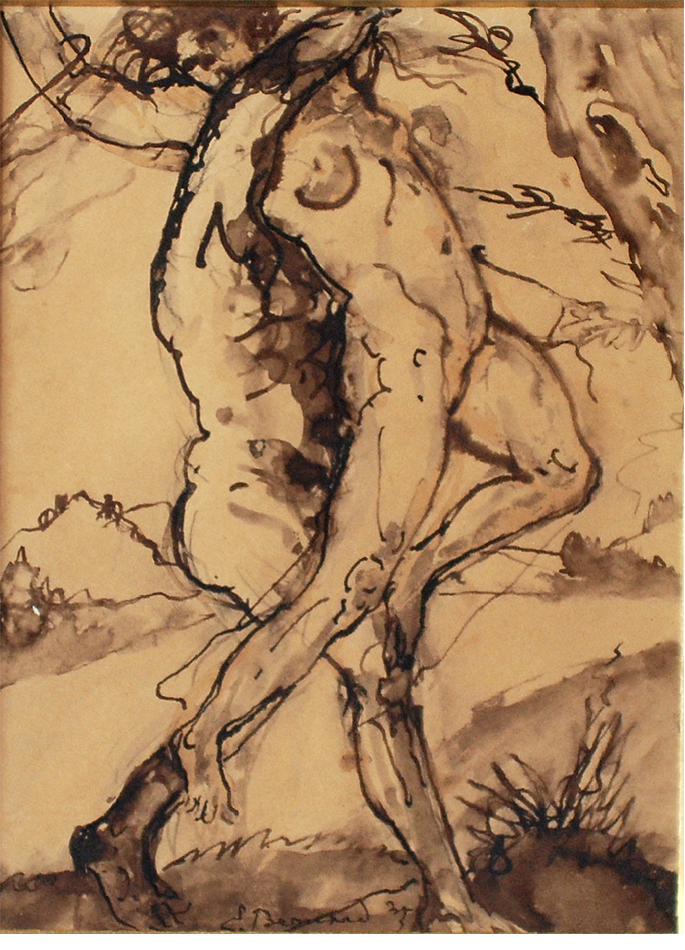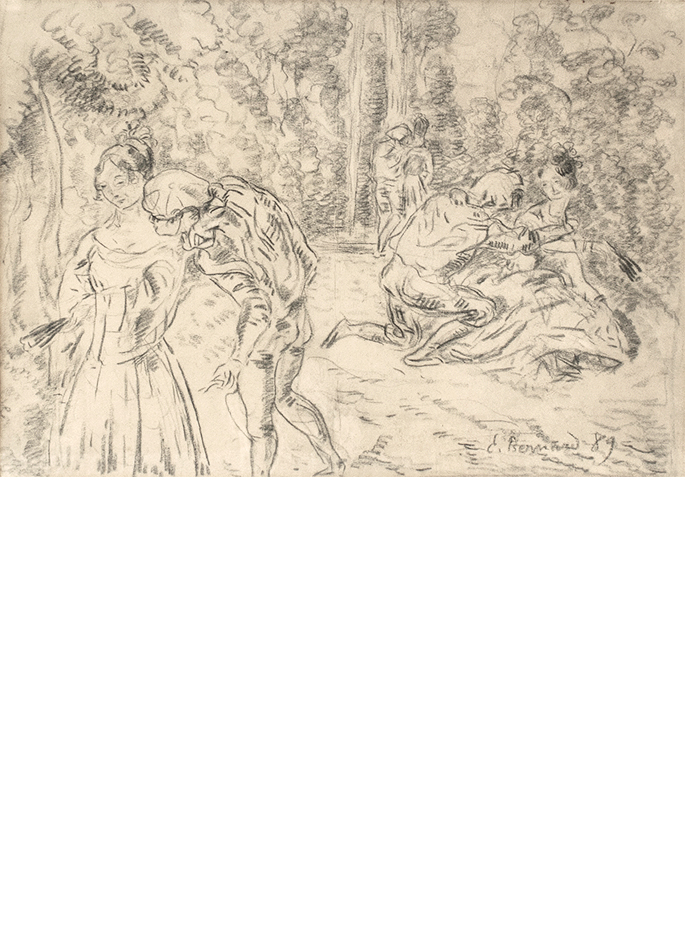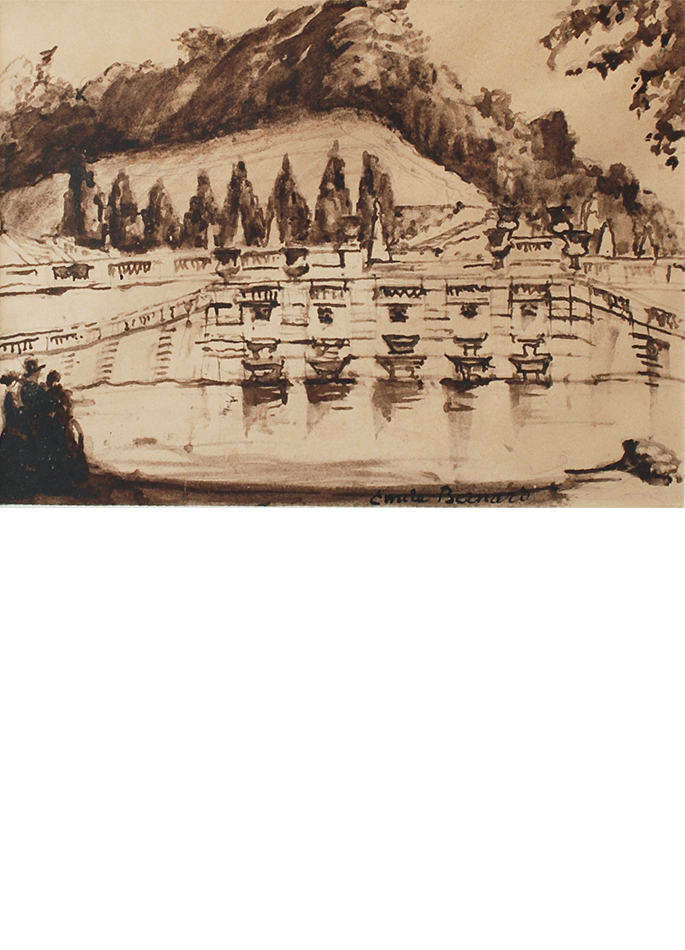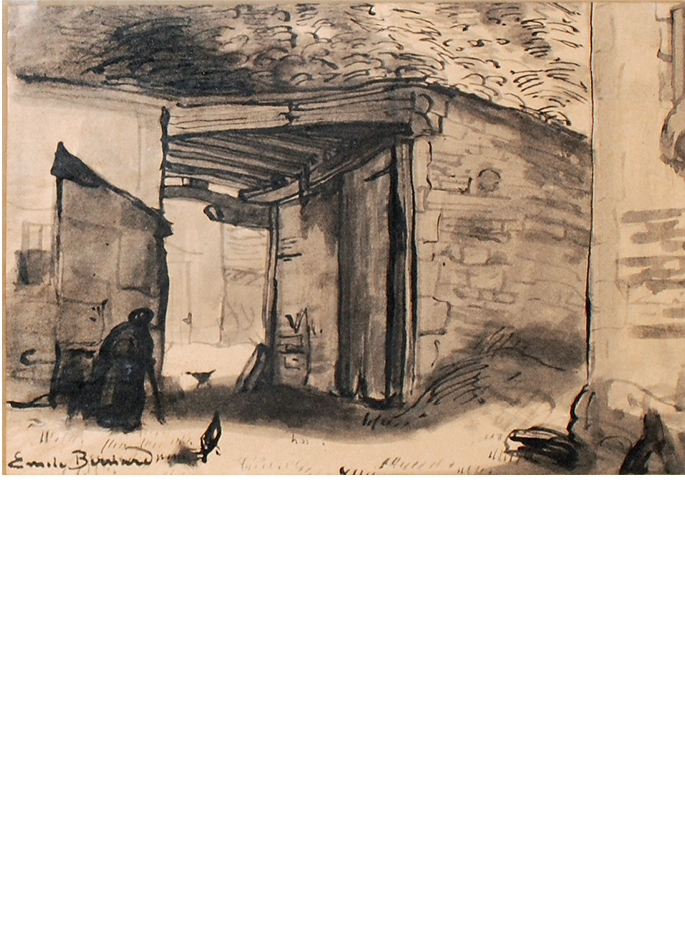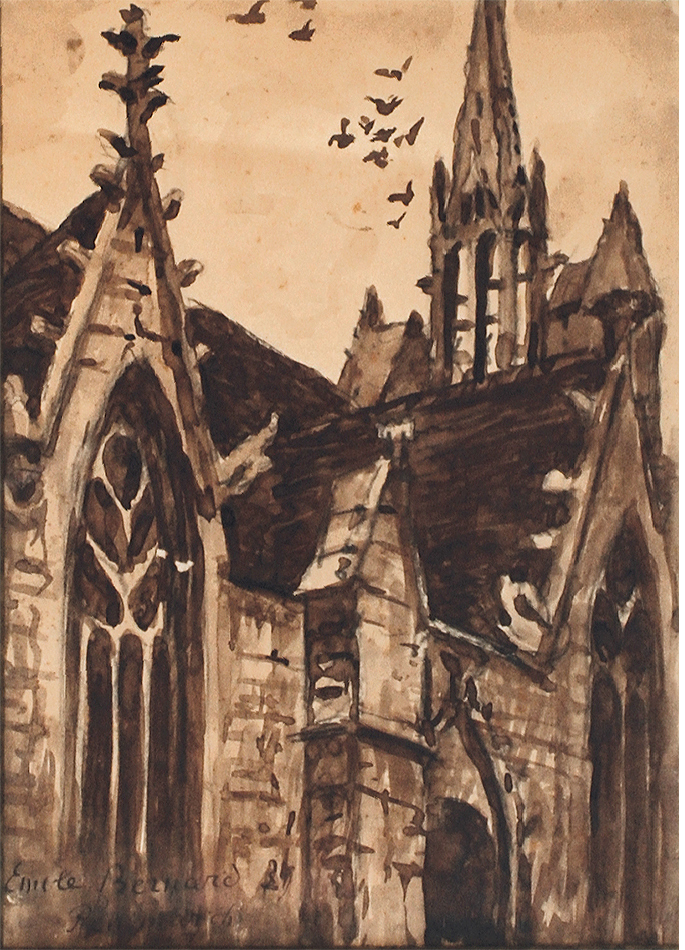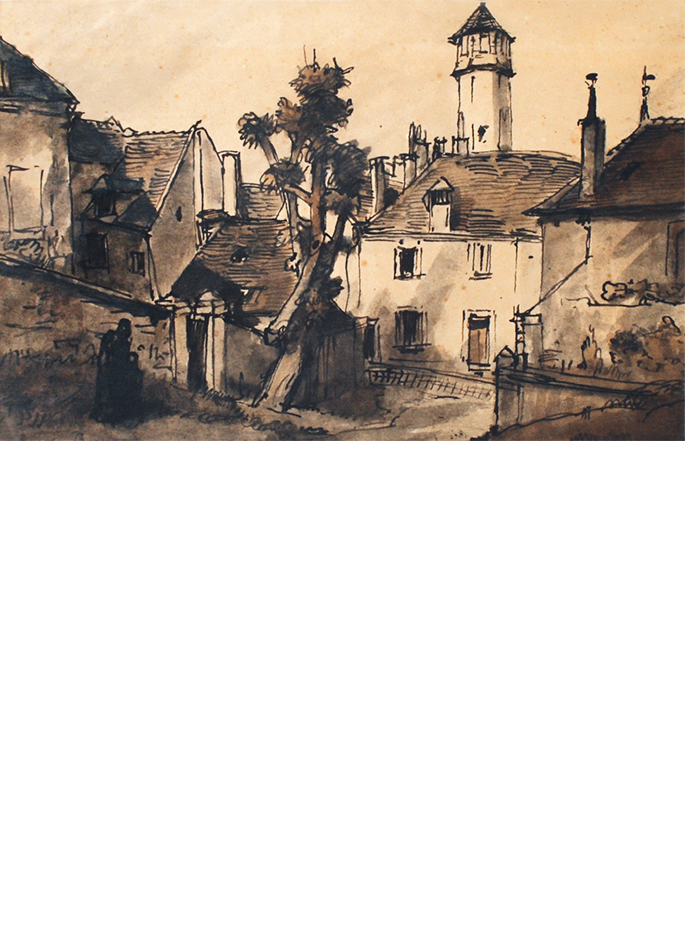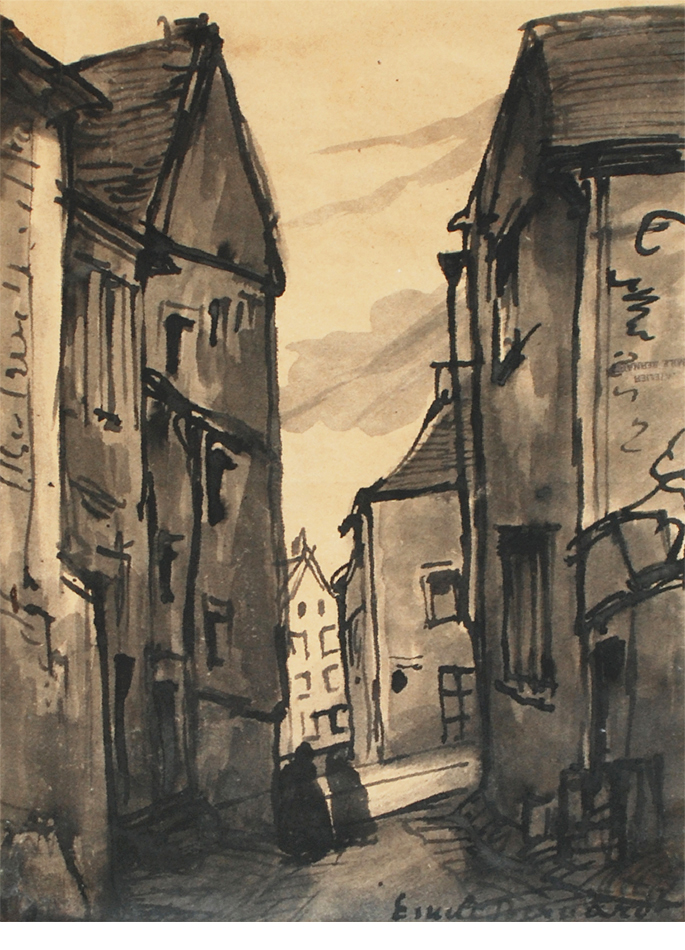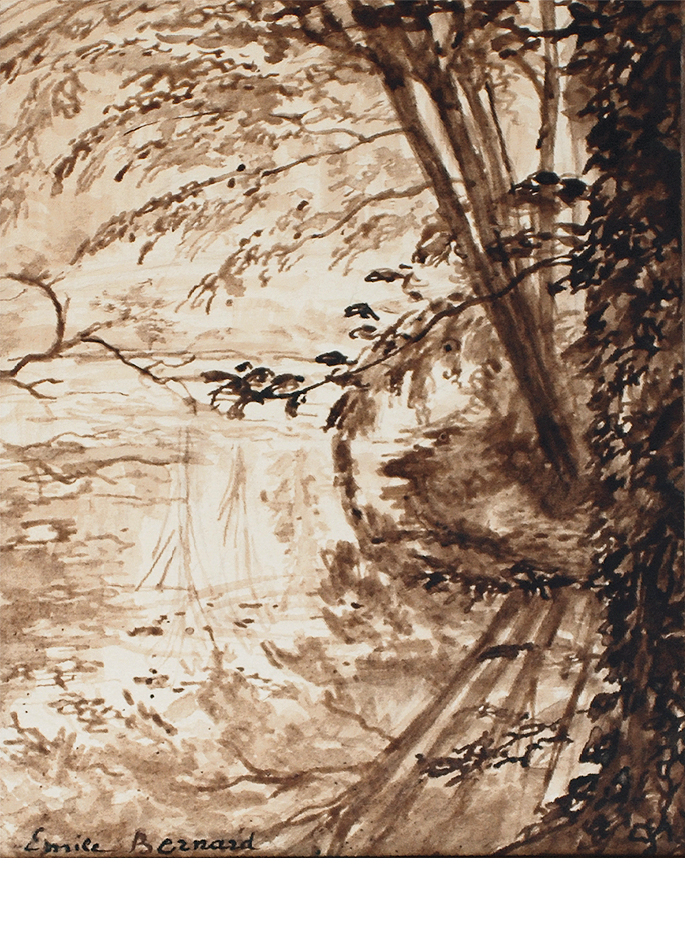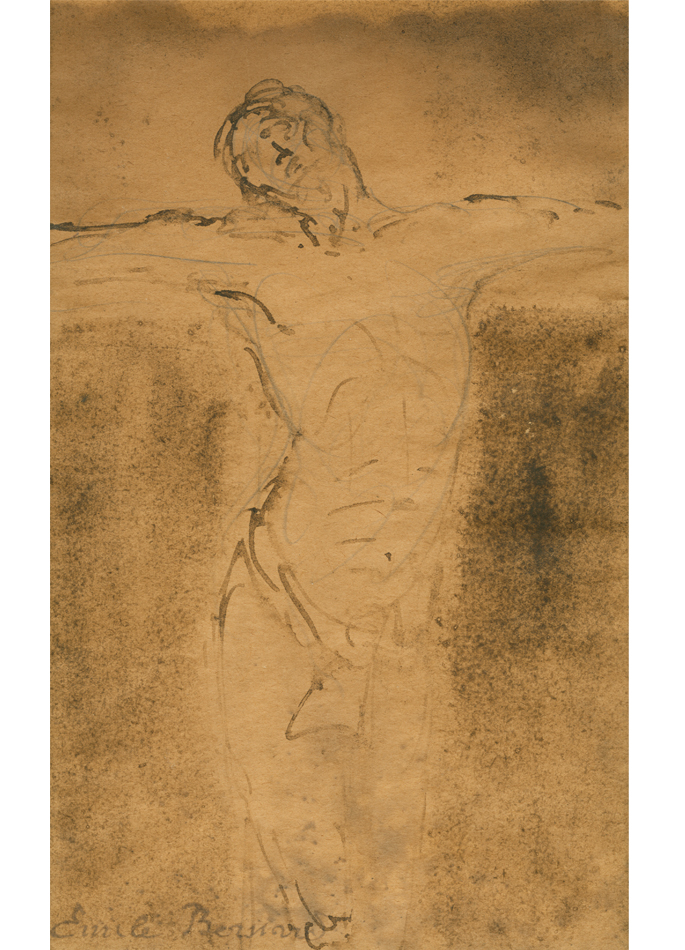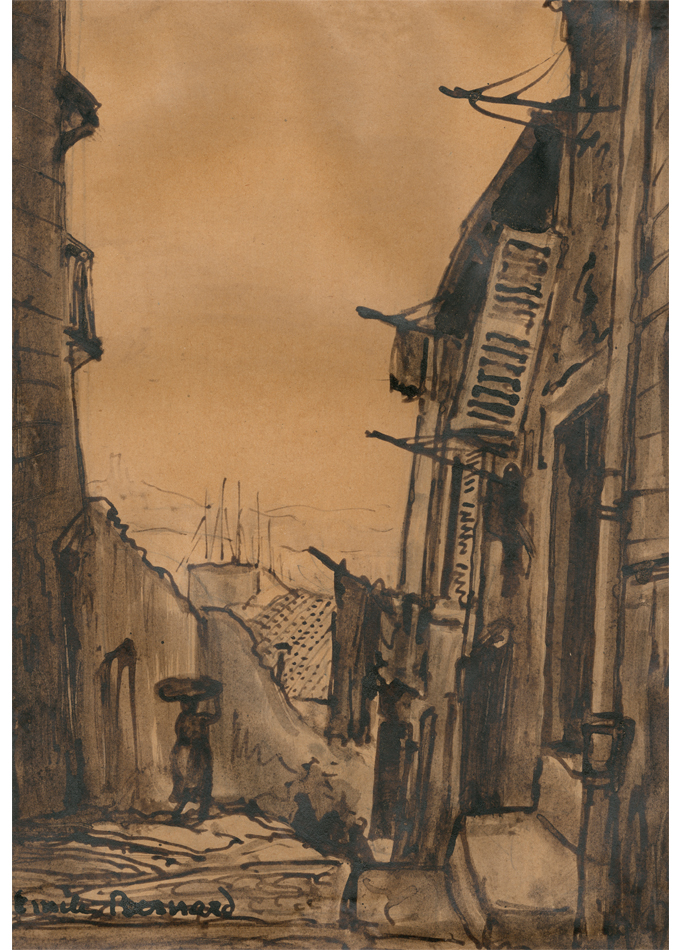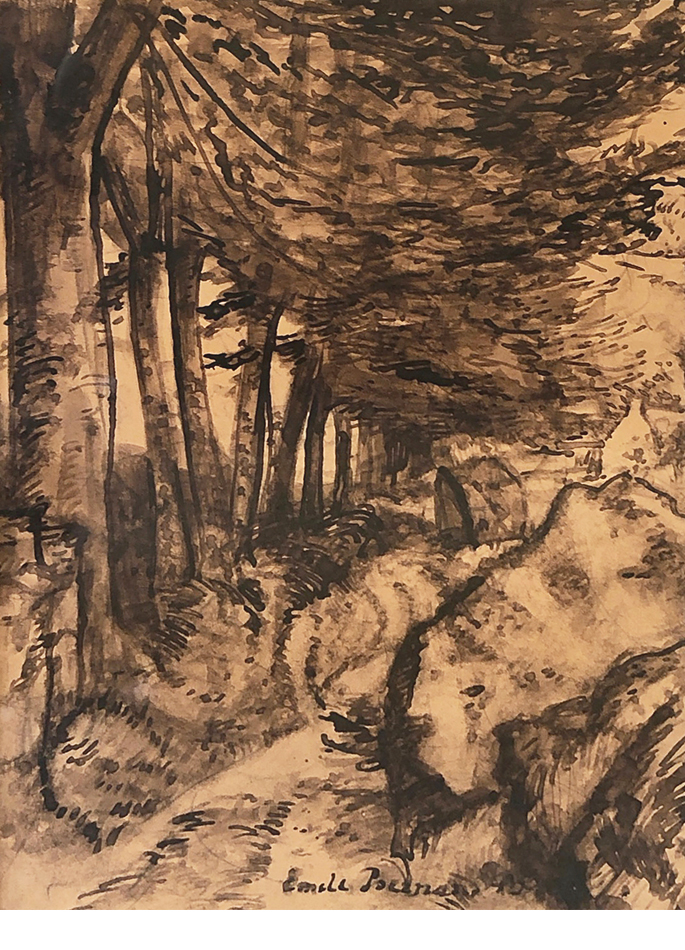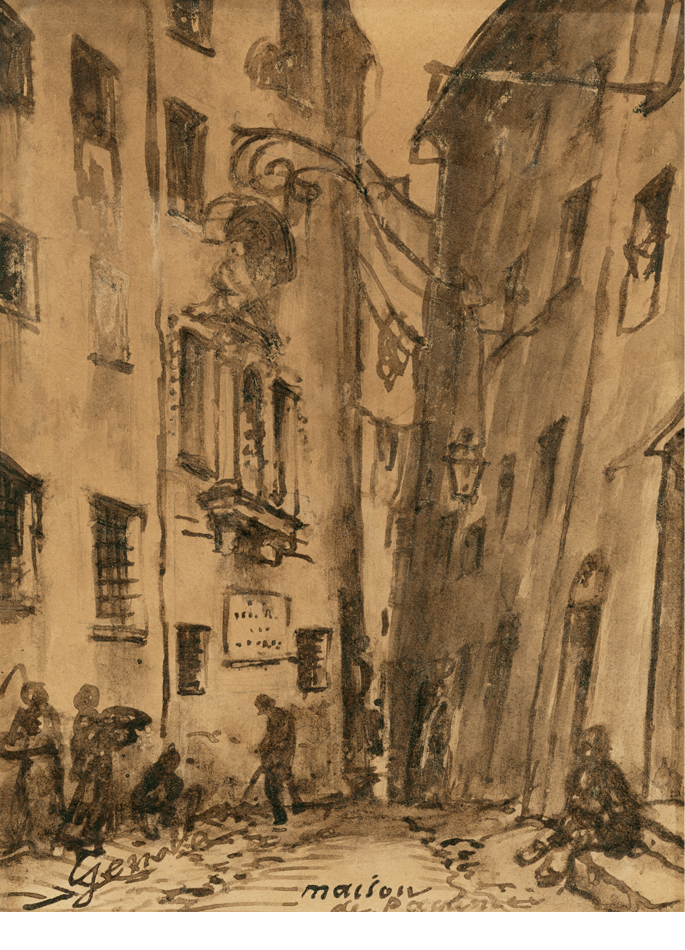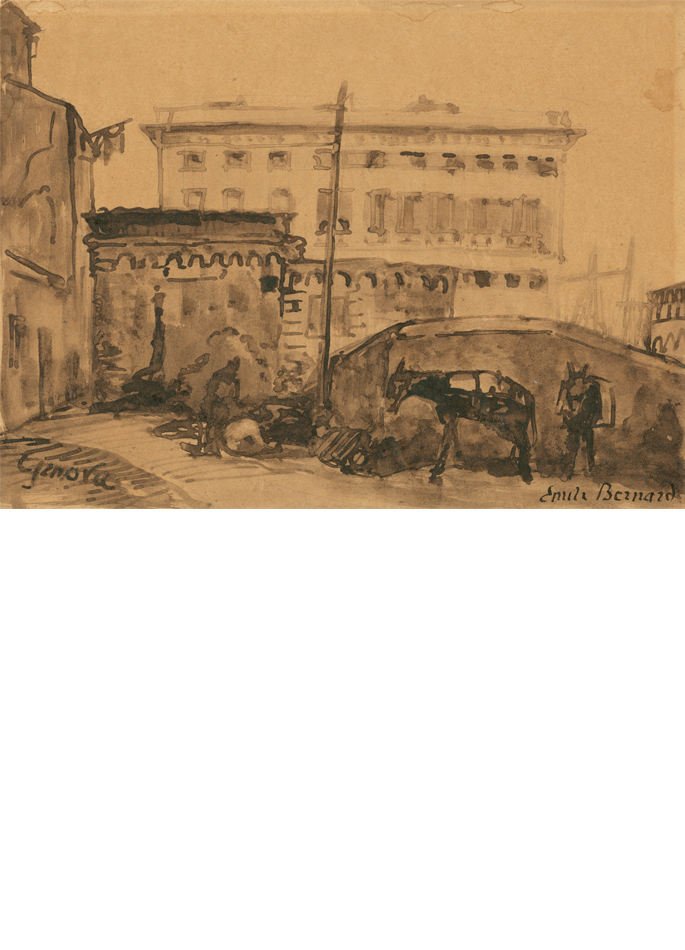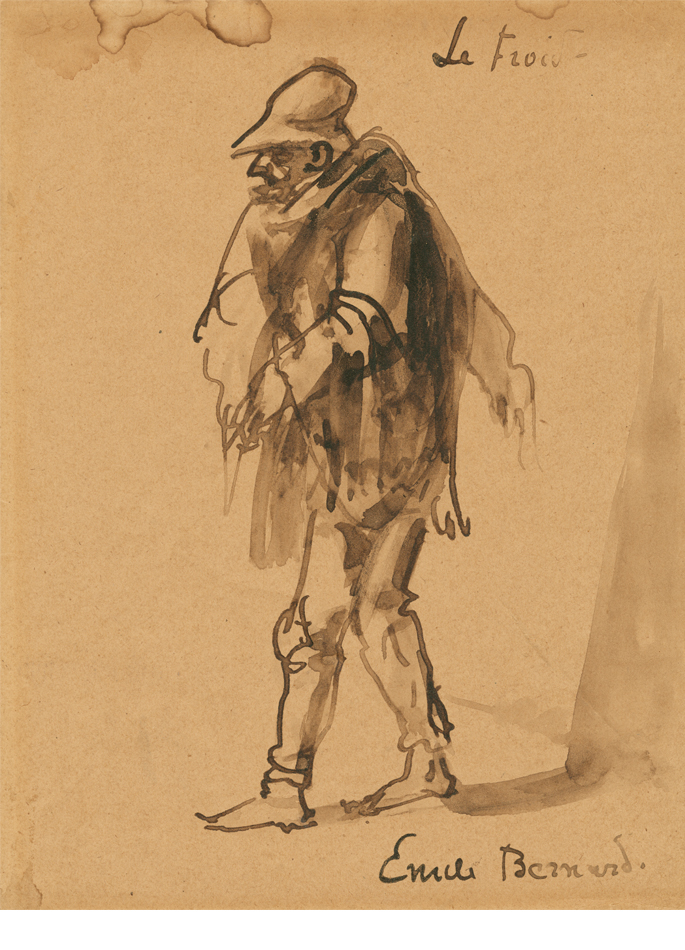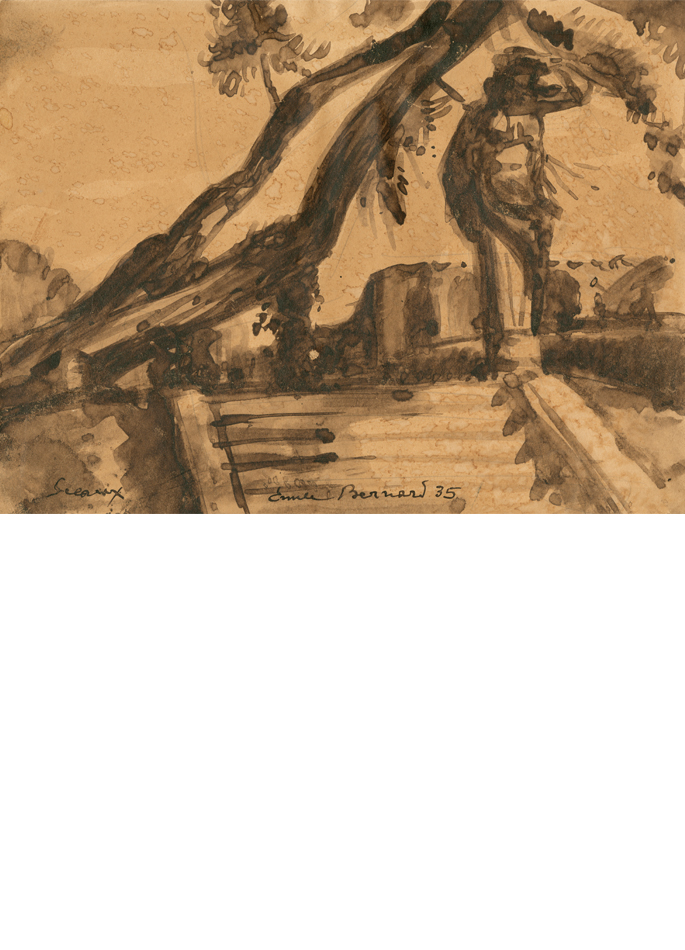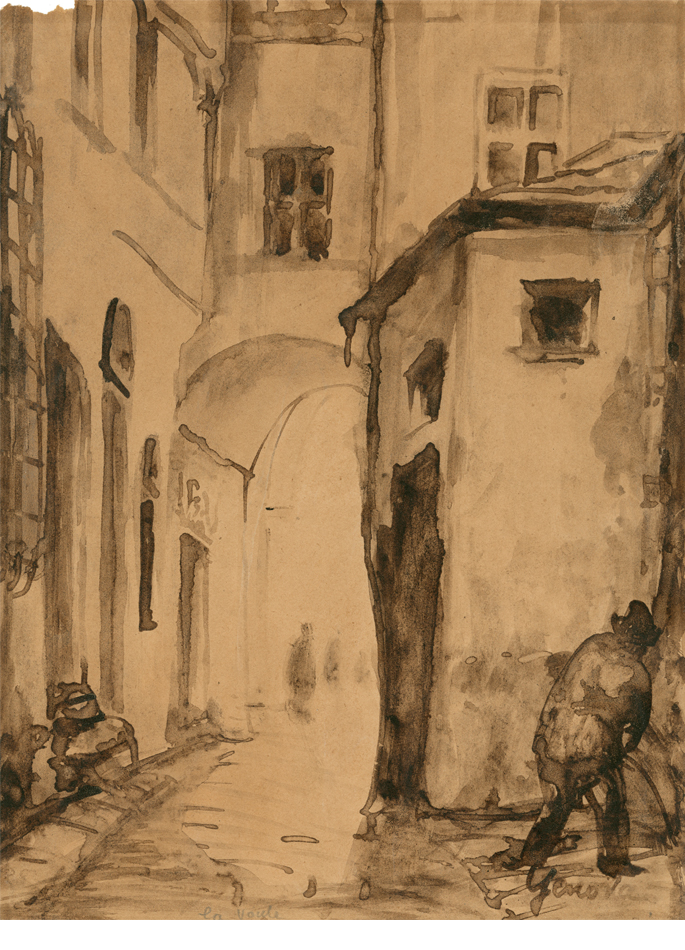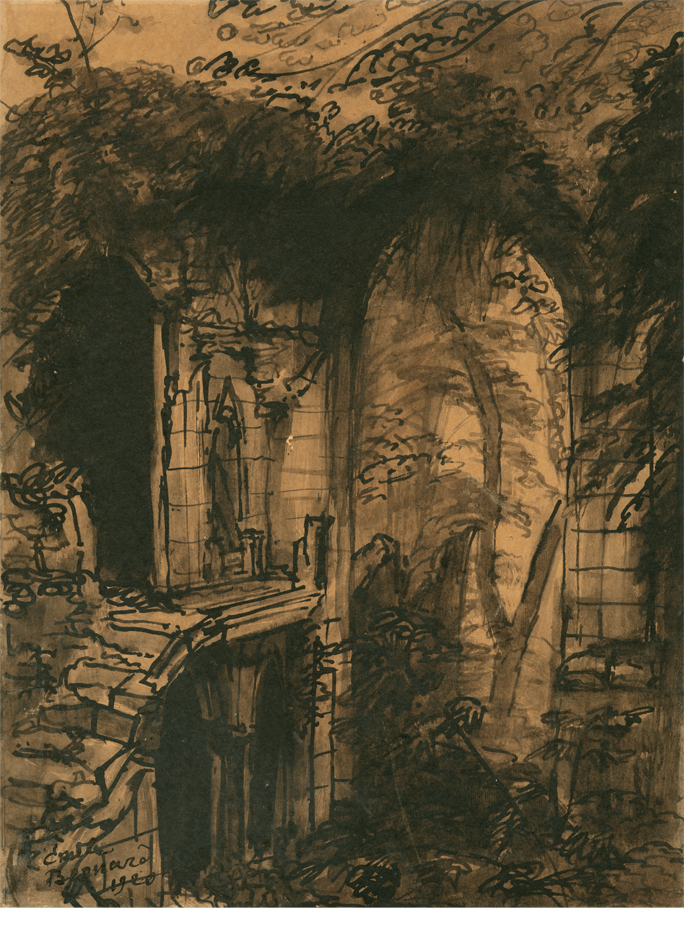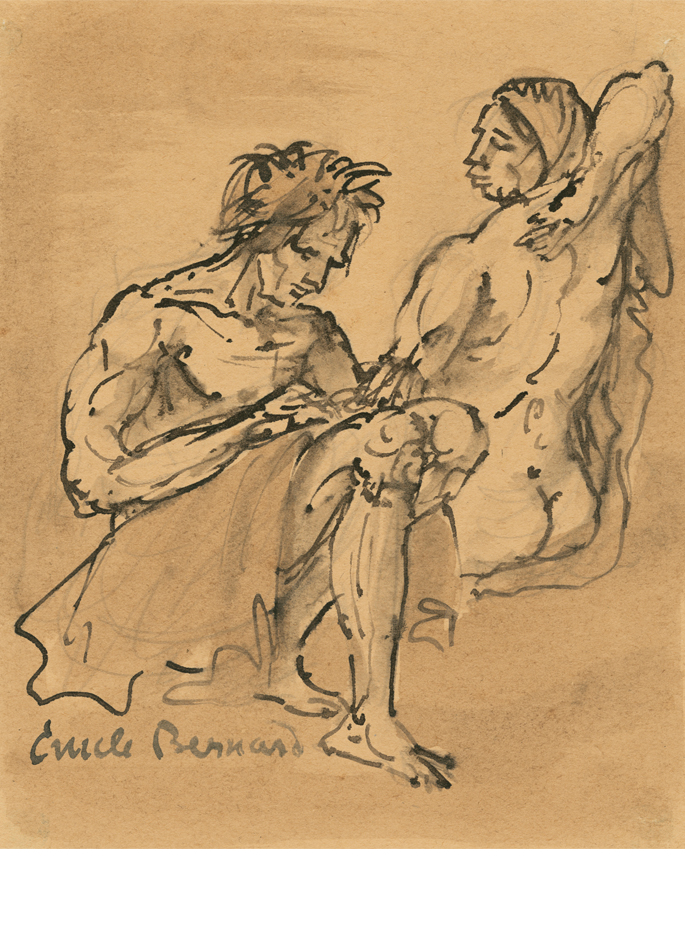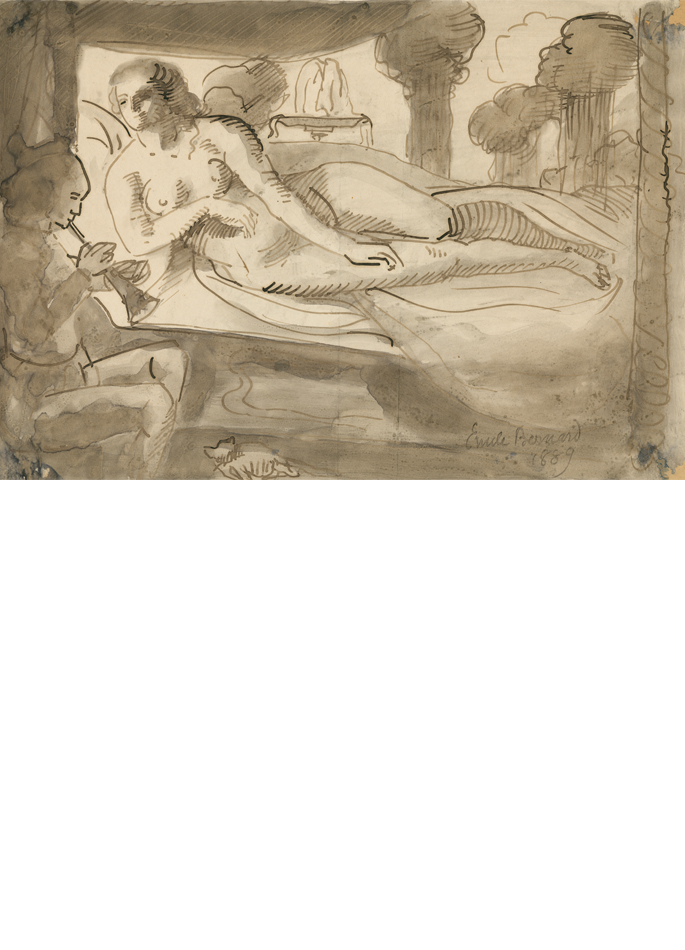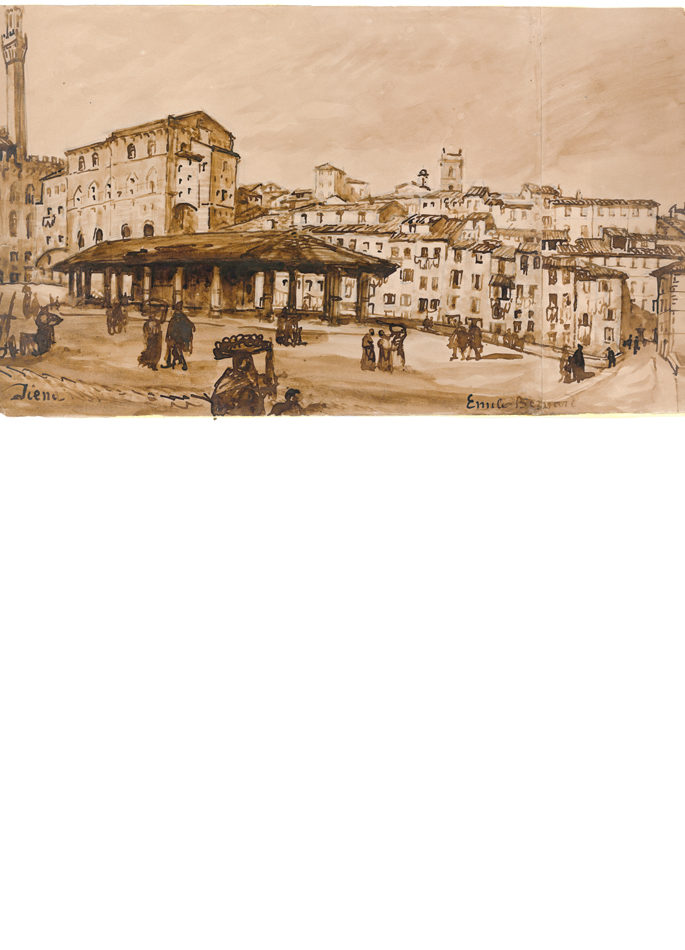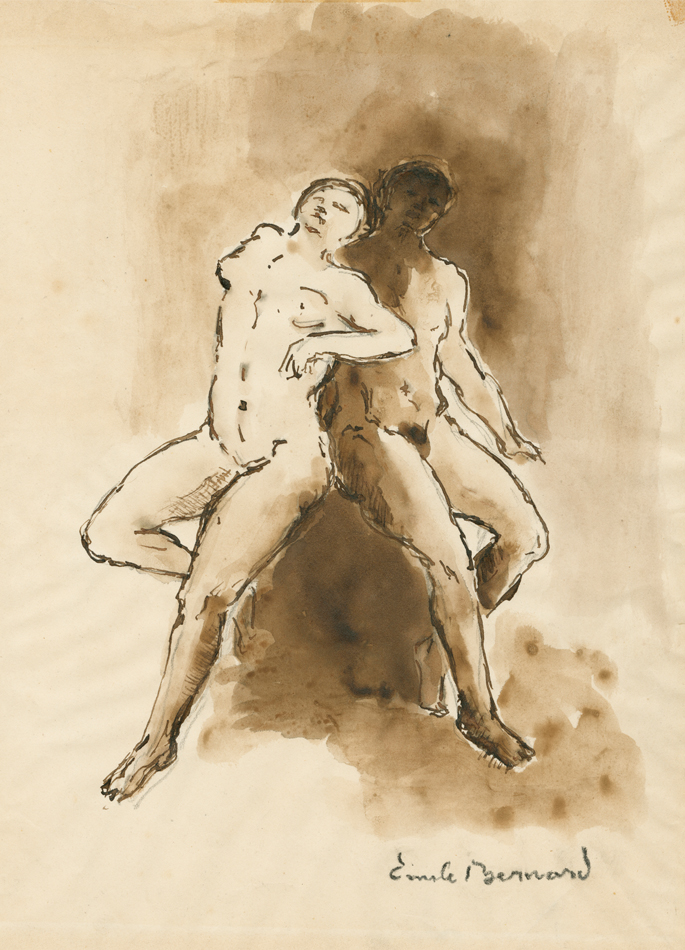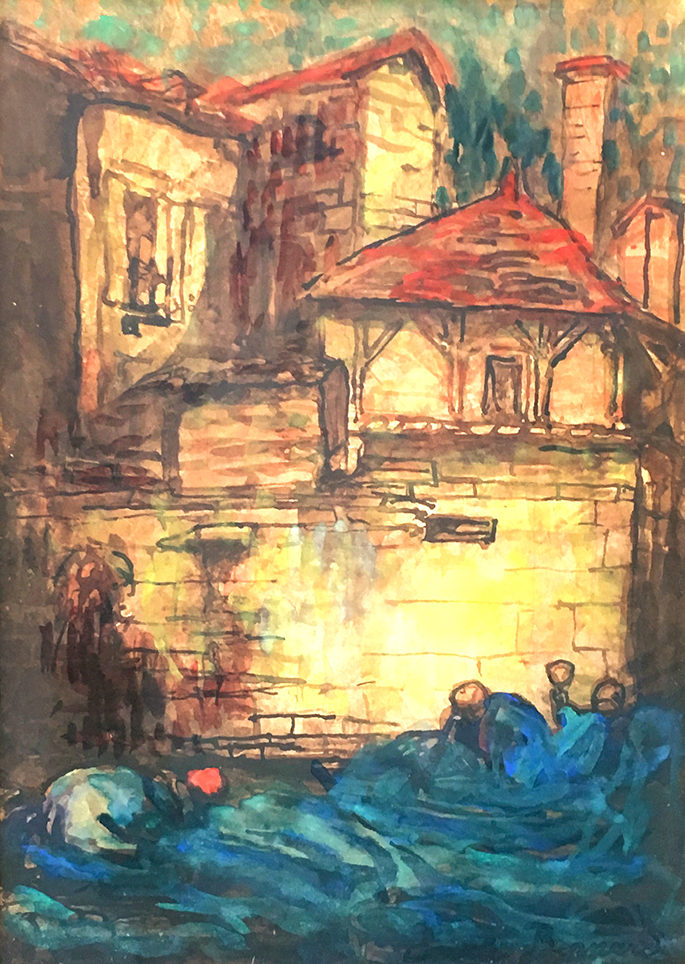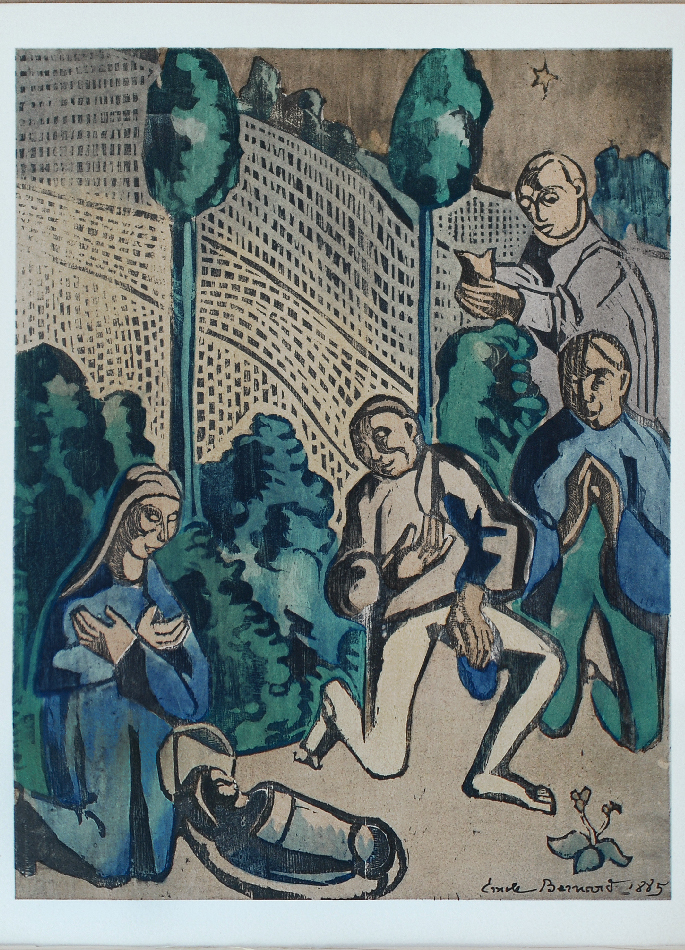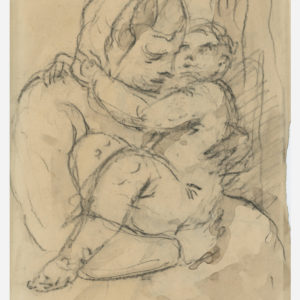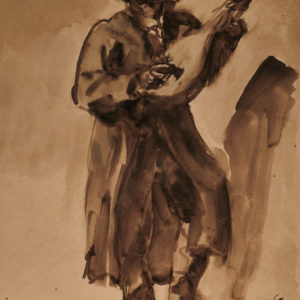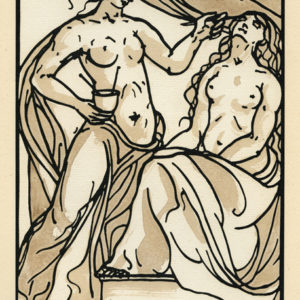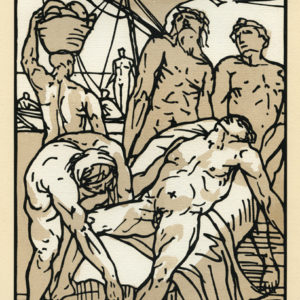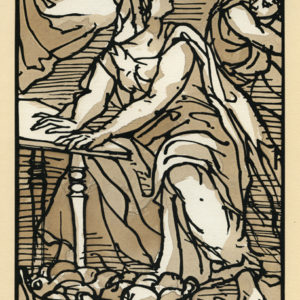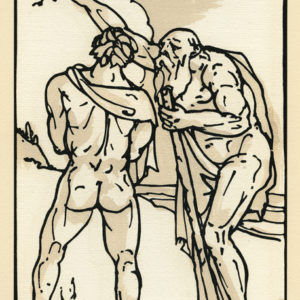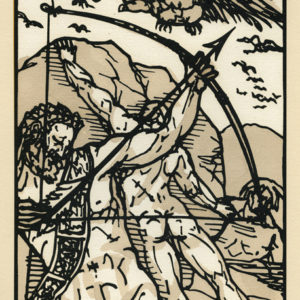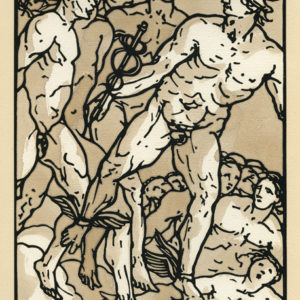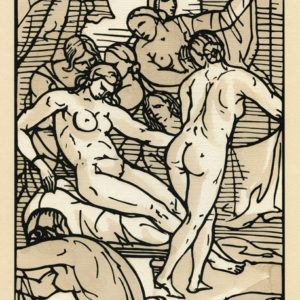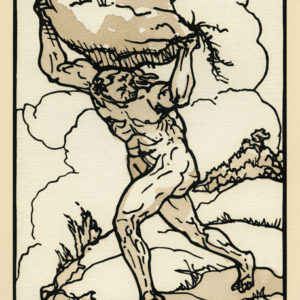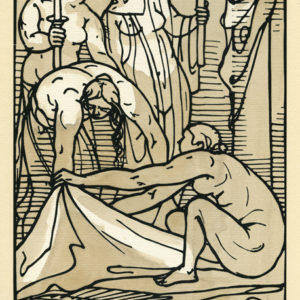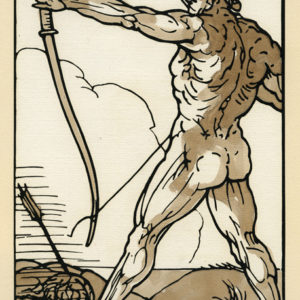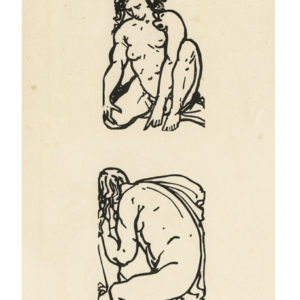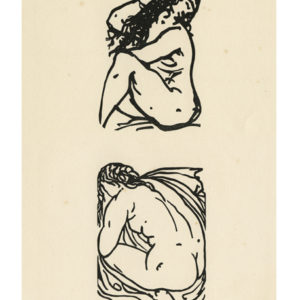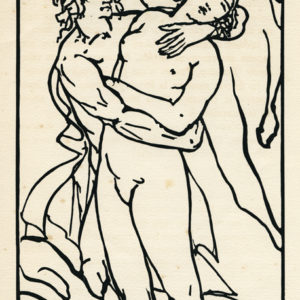Émile Bernard (1868-1941)
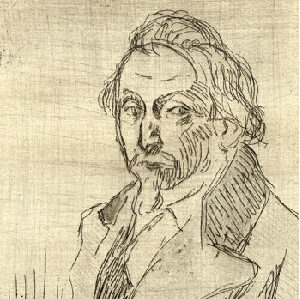
One of the most surprising figures in art history, Emile Bernard is a unique character, a prodigy, who quickly earned admiration from Van Gogh, Gauguin, Cézanne and numerous critics! After training at the Fernand Cormon workshop, Bernard left his family house of Asnières-sur-Seine and travelled to Saint-Malo, Saint-Briac and, from here, to the famous village of Pont-Aven. “Young Bernard is here and has brought some interesting things back from Saint-Briac. Here is one who is not afraid of anything”, Paul Gauguin praised in Pont-Aven in August 1888. Vincent Van Gogh echoed Gauguin’s words in a letter to his sister Wilhelmine: “You asked who Bernard is, he is a young painter–he is not older than twenty–very original. He is trying to do elegant modern figures in the manner of the ancient Greek or Egyptian art, a gracefulness in the expressive motions, a charm in the daring colours.”
This says it all. Except that Emile Bernard, who also invented Cloisonnism with Louis Anquetin, initiated a metamorphosis that was as unique as he was: for fifty years, he strove to paint in the way of the masters of the past. “Great God of painting, make me a God just like you!” he prayed Tintoretto in his notes. On Veronese’s manna, he begged: “Genius, give me some of your genius!” Again, a unique and radical metamorphosis turning Bernard into the main French classicist painter of the 20th century. Preferring drawing over colour, he endeavoured to deeply renew wash drawing and, therefore, chiaroscuro–one of his greatest passions.
The Cristel Éditeur d’Art centre is honoured to maintain a privileged relationship with Lorédana Harscoët-Maire, Emile Bernard’s granddaughter. The gallery has never stopped advocating for a broader appreciation of the polymorphous artist, whose Bretonnes ramassant des pommes–painted in 1889–was bought for some 1.731.080 € at Sotheby’s in New York in May 2019: the price of genius.

